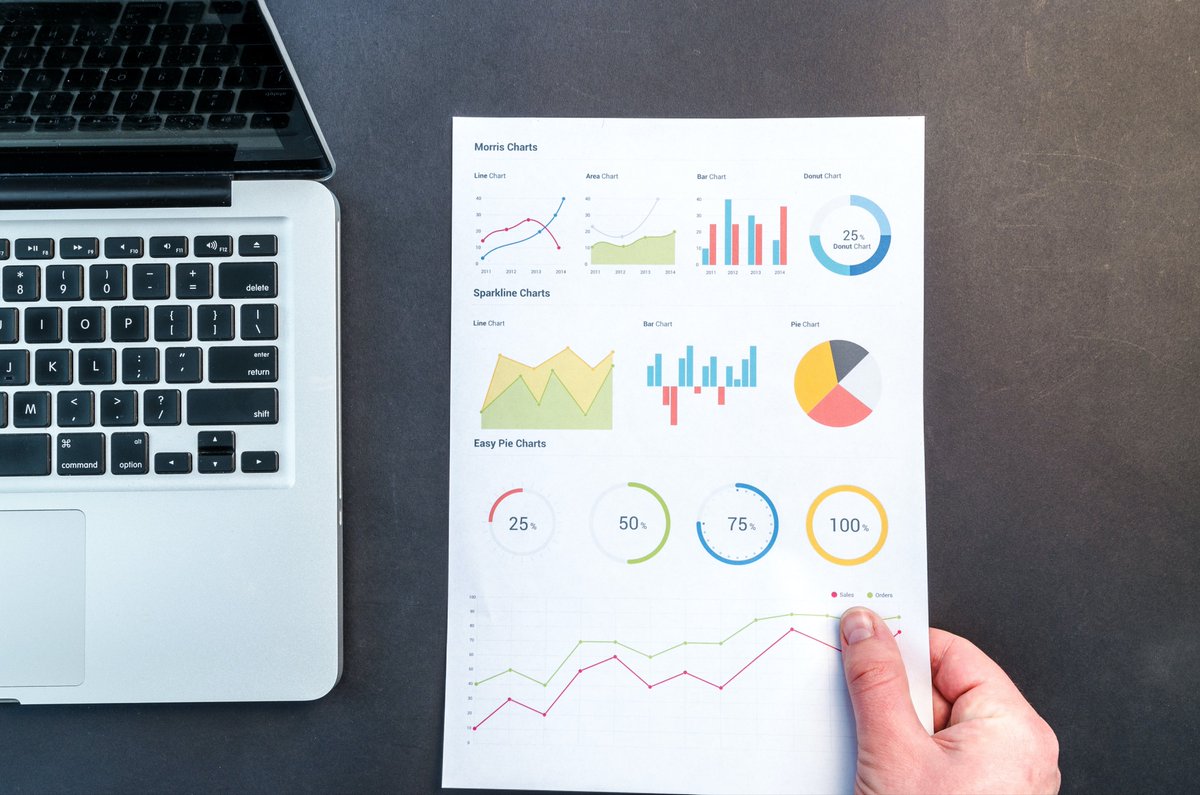🧵How to Tell a Good Story with Data
Part 1 Thread
#datavisualization #data #tableau #storytelling #technology #analytics #intelligence #innovation #visualization #learning #scalability #dataanalytics #businessintelligence #art #datastorytelling #MachineLearning #DataScience
👇🏻
Part 1 Thread
#datavisualization #data #tableau #storytelling #technology #analytics #intelligence #innovation #visualization #learning #scalability #dataanalytics #businessintelligence #art #datastorytelling #MachineLearning #DataScience
👇🏻

You run analytics on data to gain insights. These insights are meaningless until you reveal the story they wish to tell. These insights must translate into actions or business results. 

People get moved by stories, not facts. I'm sure you recall certain stories from your youth. Stories inspire action. Will listening to a story about Mahatma Gandhi motivate you to take action?
Do you get my point?
Do you get my point?

💡Why Data Storytelling with data
👇🏻
After hearing your story, your audience may choose
- what information to remember
- what to act on, and
- what to discard.
When people listen to stories they cut the music and dance to the values
👇🏻
👇🏻
After hearing your story, your audience may choose
- what information to remember
- what to act on, and
- what to discard.
When people listen to stories they cut the music and dance to the values
👇🏻

Any insight worth sharing is best shared as a data story.
If an insight isn’t understood, no one will act on it and nothing will change.
👇🏻
If an insight isn’t understood, no one will act on it and nothing will change.
👇🏻

You may feel, that conveying the appropriate insight in the proper context is enough to
- influence the right judgments and
- motivate the audience to act.
This point of view is been based on the wrong assumption that
- Businesses take decisions only based on logic and reason
- influence the right judgments and
- motivate the audience to act.
This point of view is been based on the wrong assumption that
- Businesses take decisions only based on logic and reason

Neuroscientists have confirmed that decisions are usually influenced by emotion instead of logic.
When you present your insights as a data story,
- You create a connection between your data and the influential, emotional part of the brain.
👇🏻
When you present your insights as a data story,
- You create a connection between your data and the influential, emotional part of the brain.
👇🏻

💡Benefits of Data Storytelling
- Stories catch people's attention, People will remember your stories not statistics
- Stories can help you influence your audience to take action
- The audience is curious to see where the story takes them. You will get a lot of engagement.
👇🏻
- Stories catch people's attention, People will remember your stories not statistics
- Stories can help you influence your audience to take action
- The audience is curious to see where the story takes them. You will get a lot of engagement.
👇🏻

Data visualisation expert Stephen Few said
“Numbers have an important story to tell. They rely on you to give them a clear and convincing voice.”
Do you get my point?
👇🏻
“Numbers have an important story to tell. They rely on you to give them a clear and convincing voice.”
Do you get my point?
👇🏻

👇🏻
To be continued, DO FOLLOW ME TO READ THE NEXT PART 2 OF THIS THREAD
RT - FIRST TWEET, comment what you feel.
Cont`d
To be continued, DO FOLLOW ME TO READ THE NEXT PART 2 OF THIS THREAD
RT - FIRST TWEET, comment what you feel.
Cont`d

• • •
Missing some Tweet in this thread? You can try to
force a refresh









